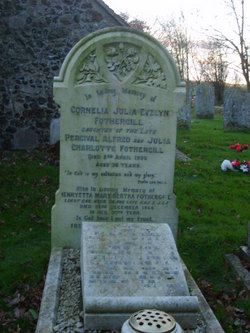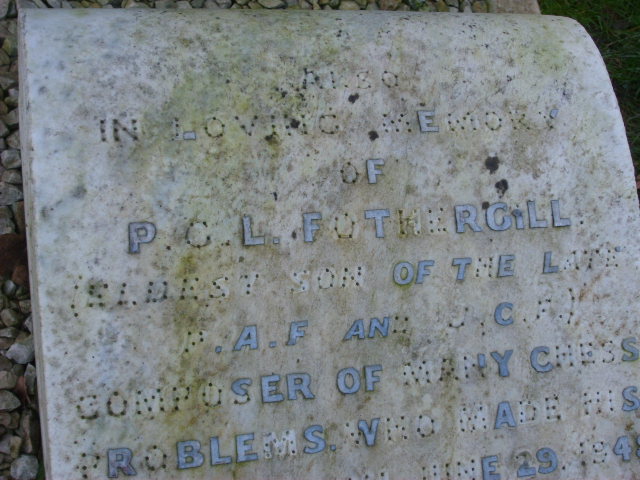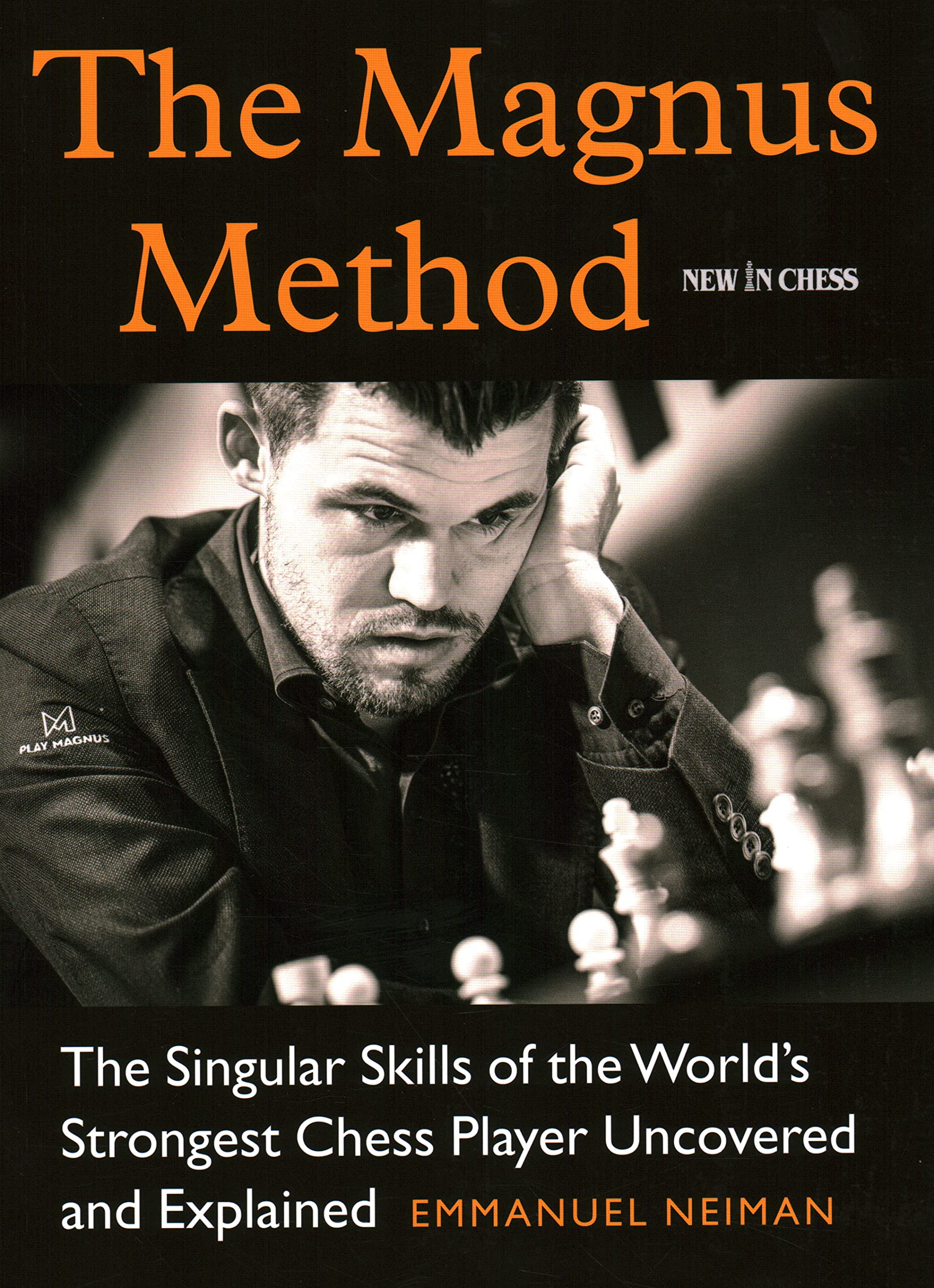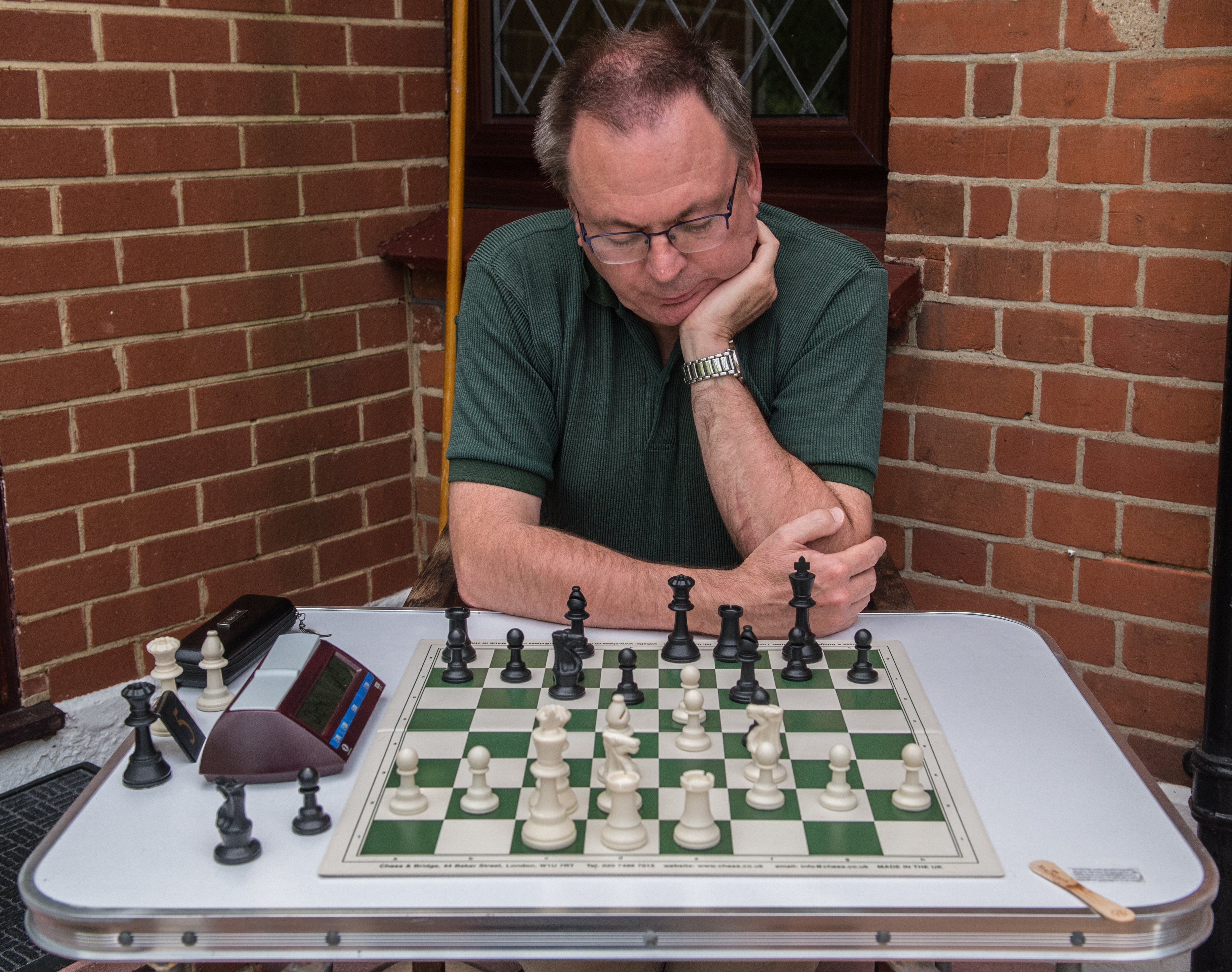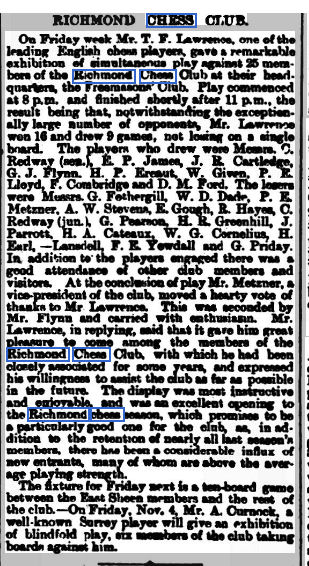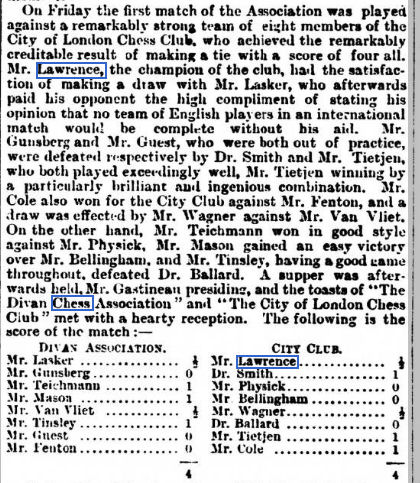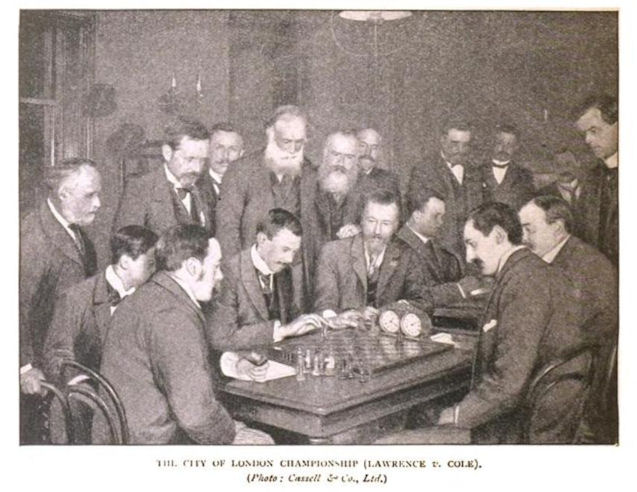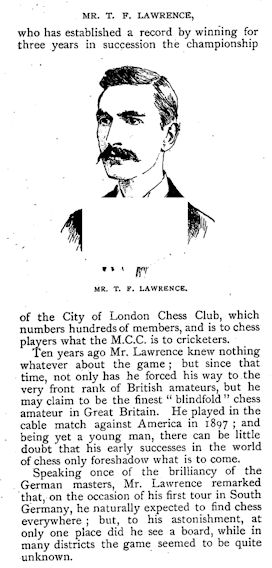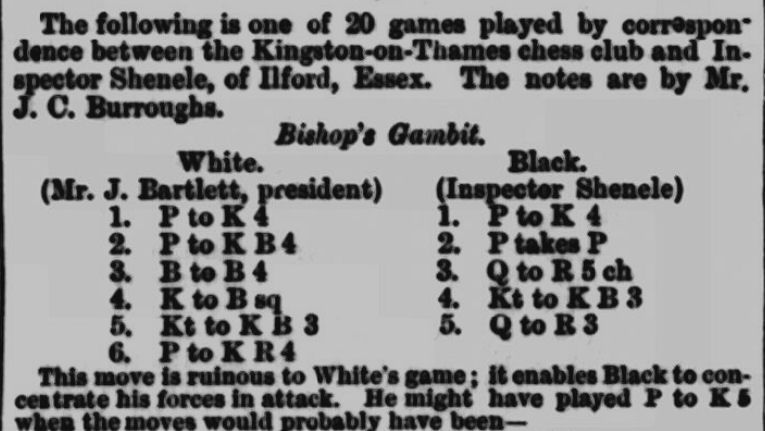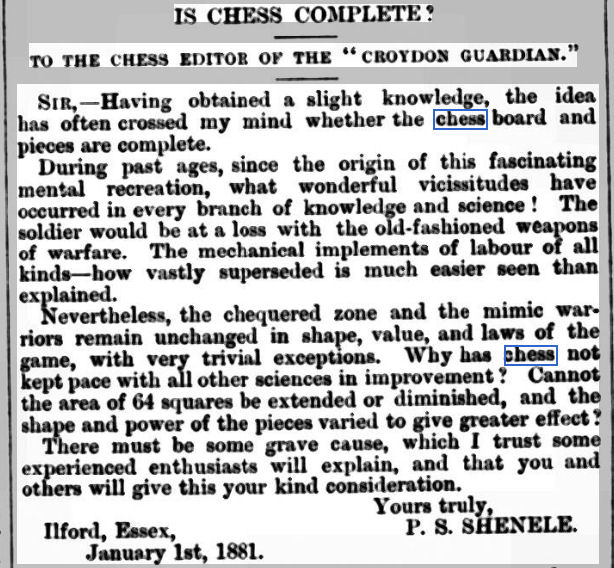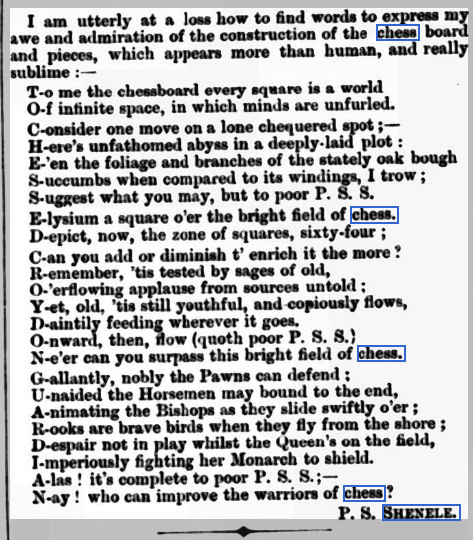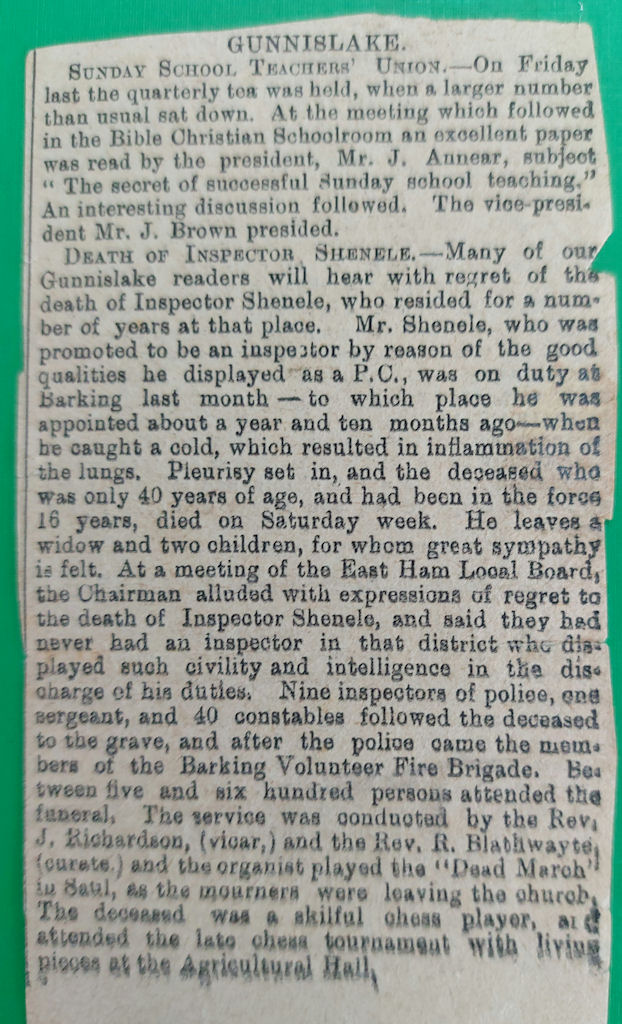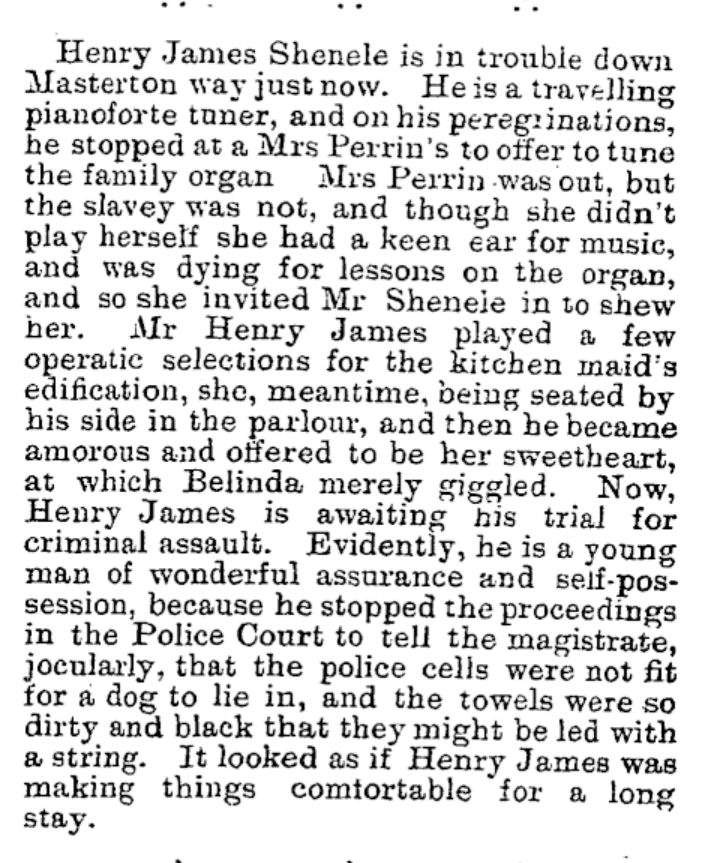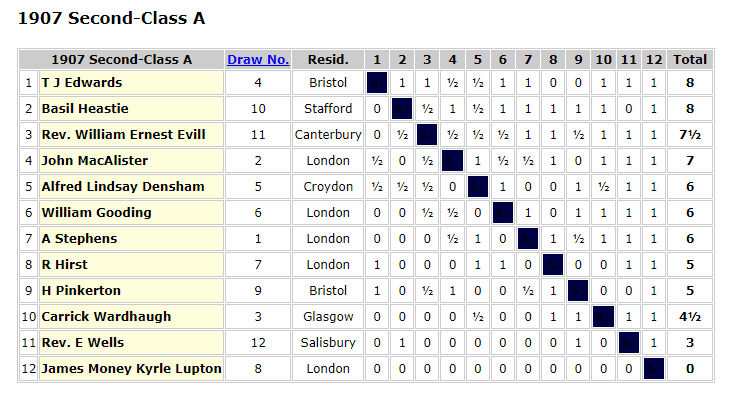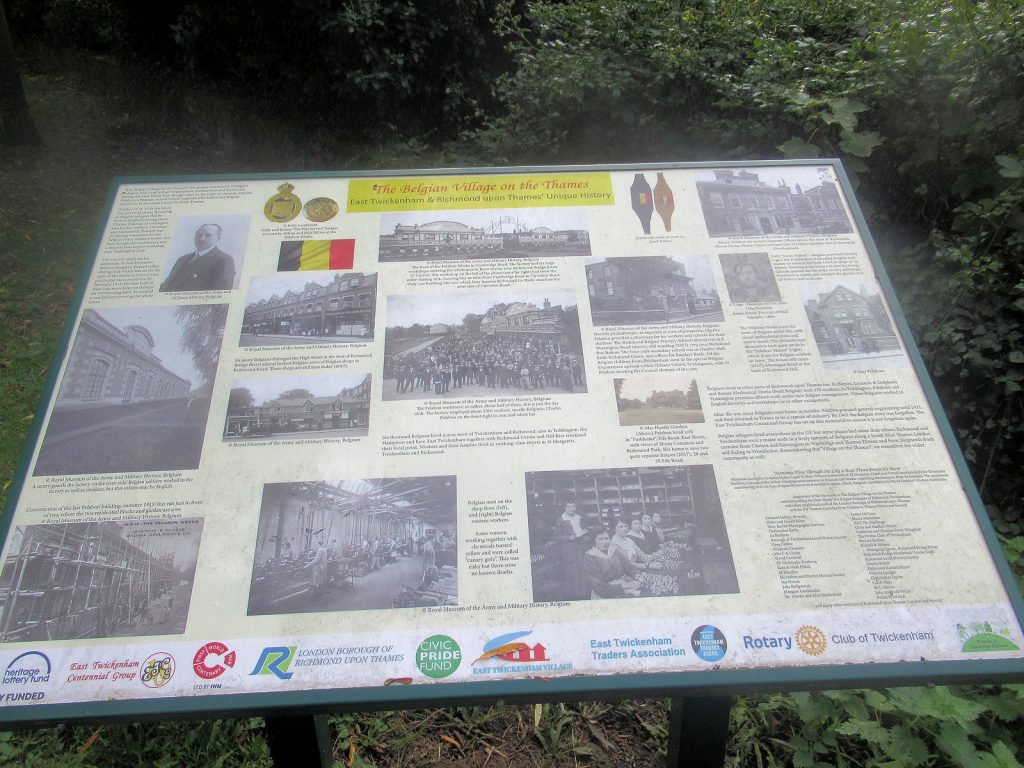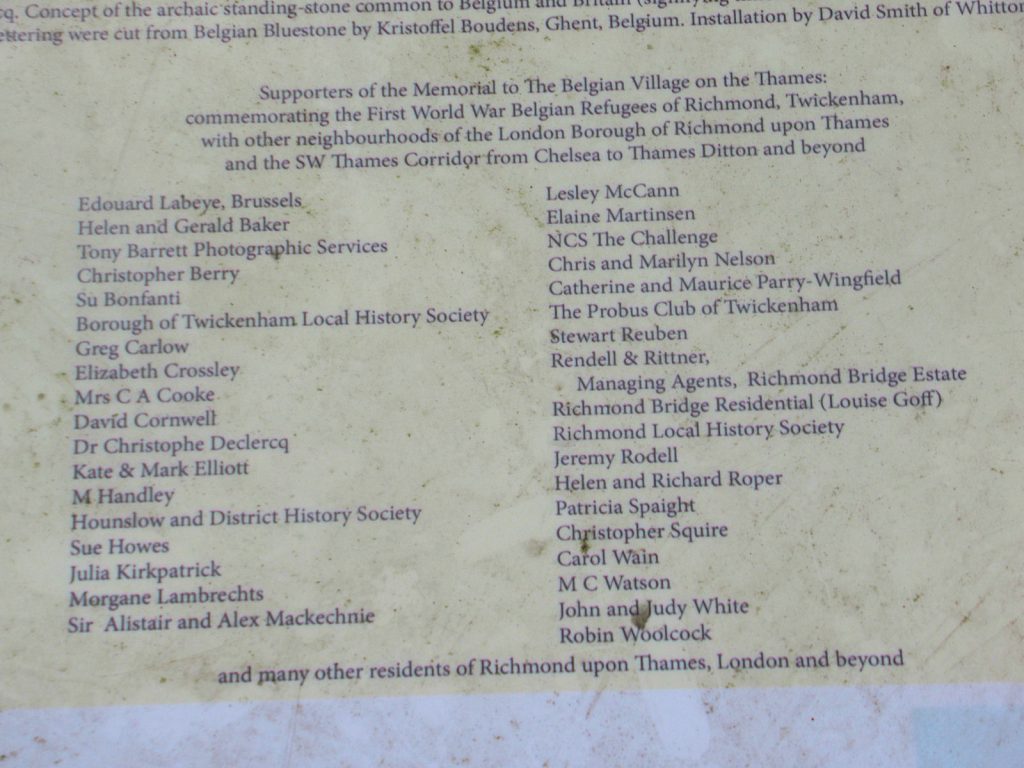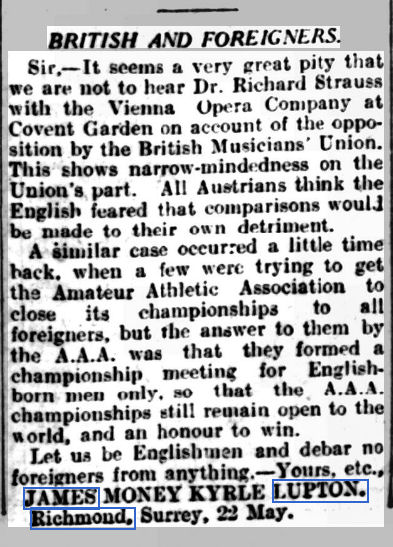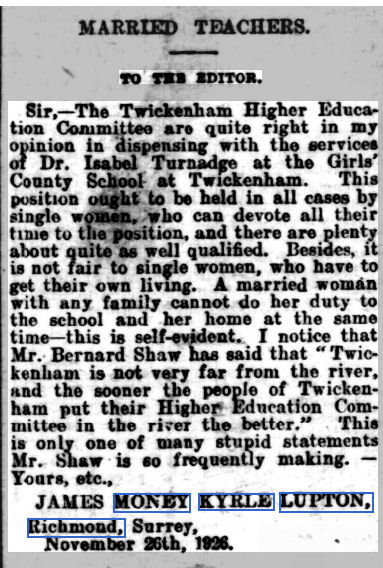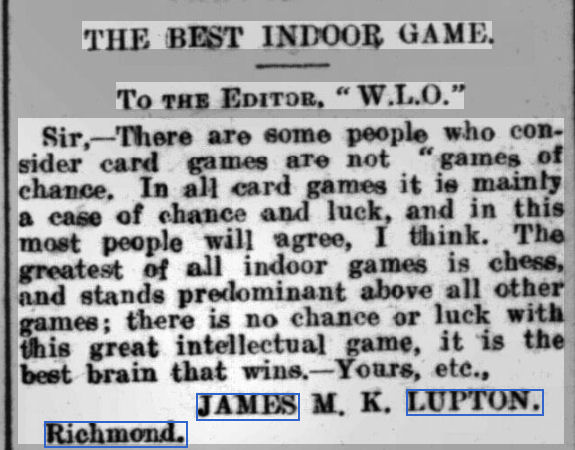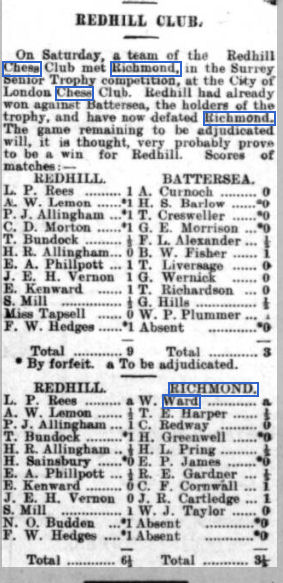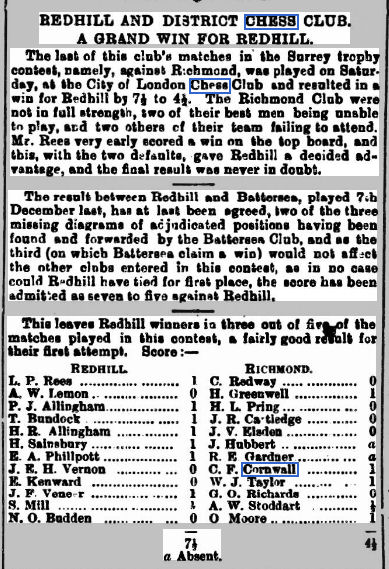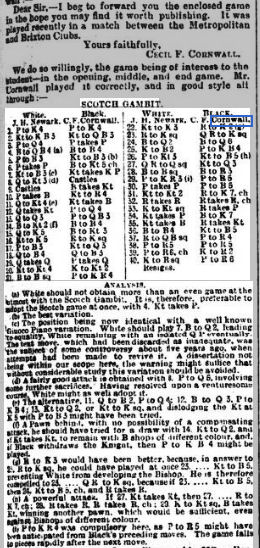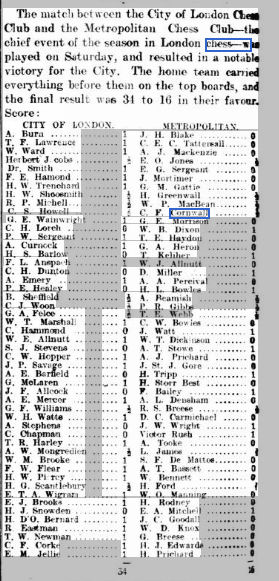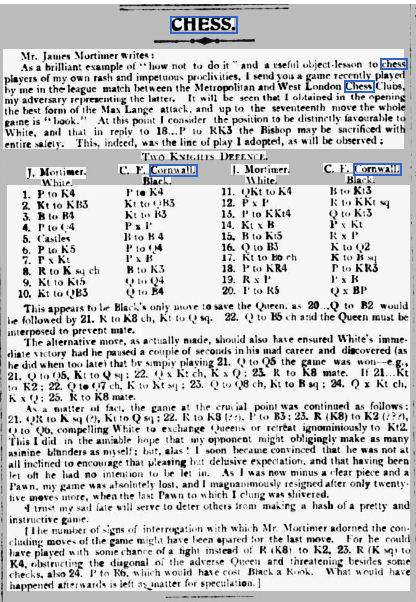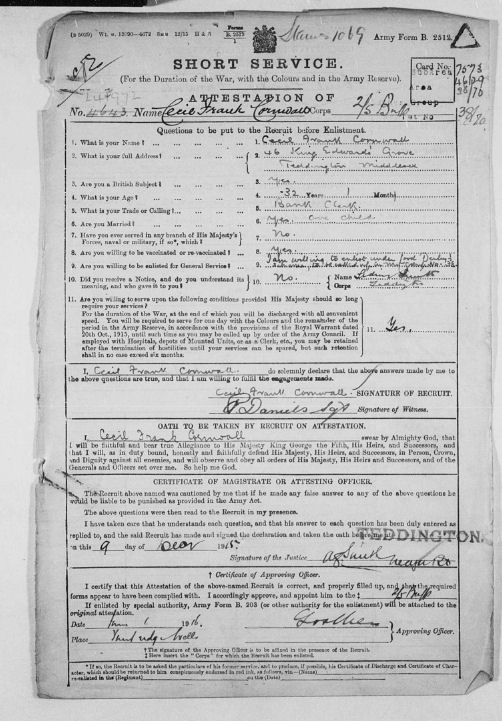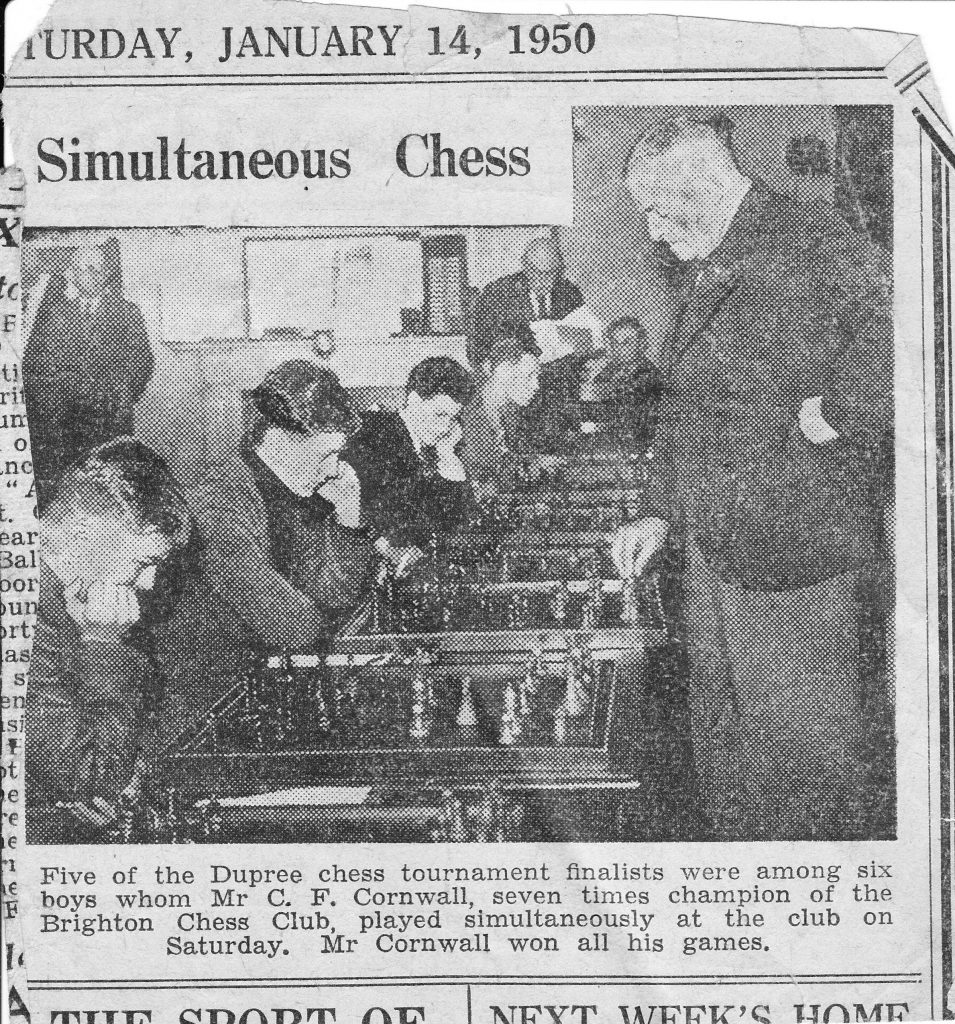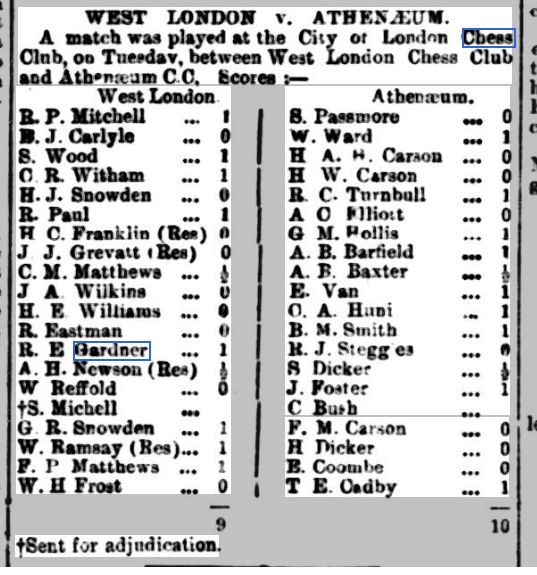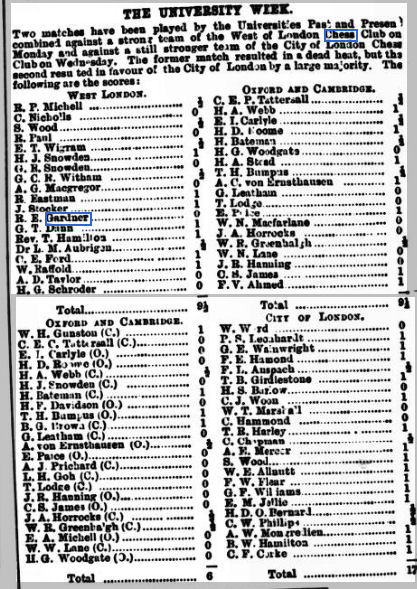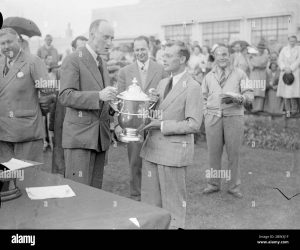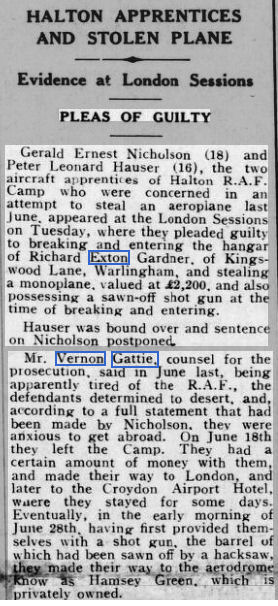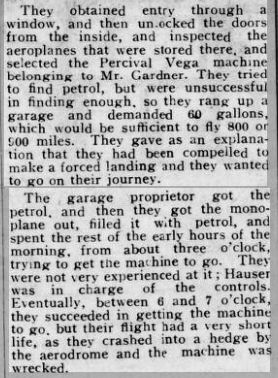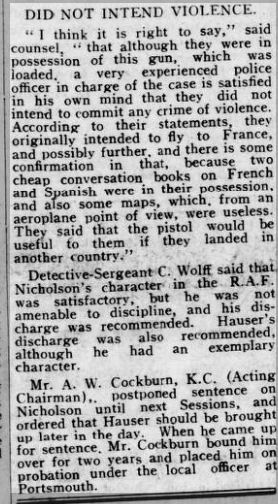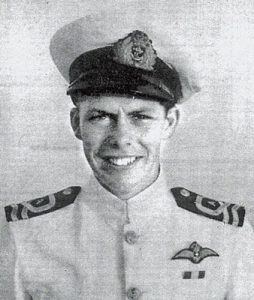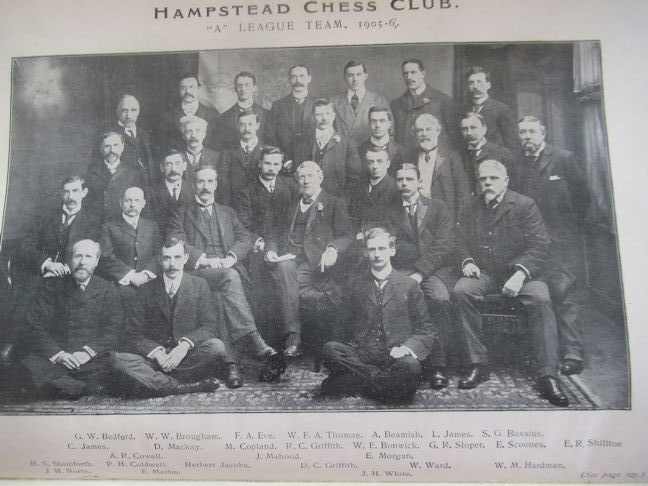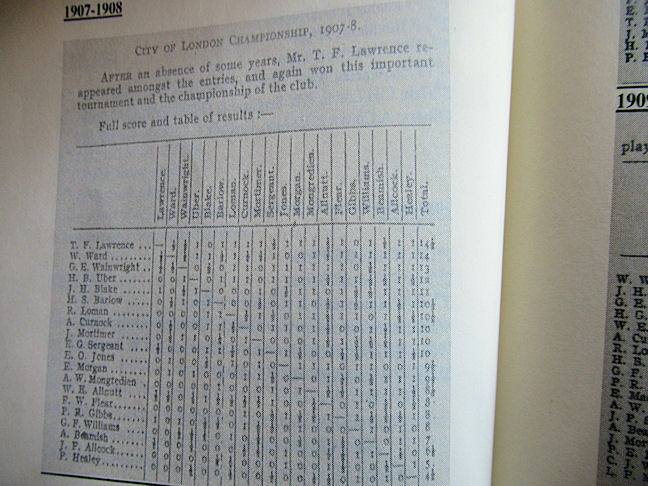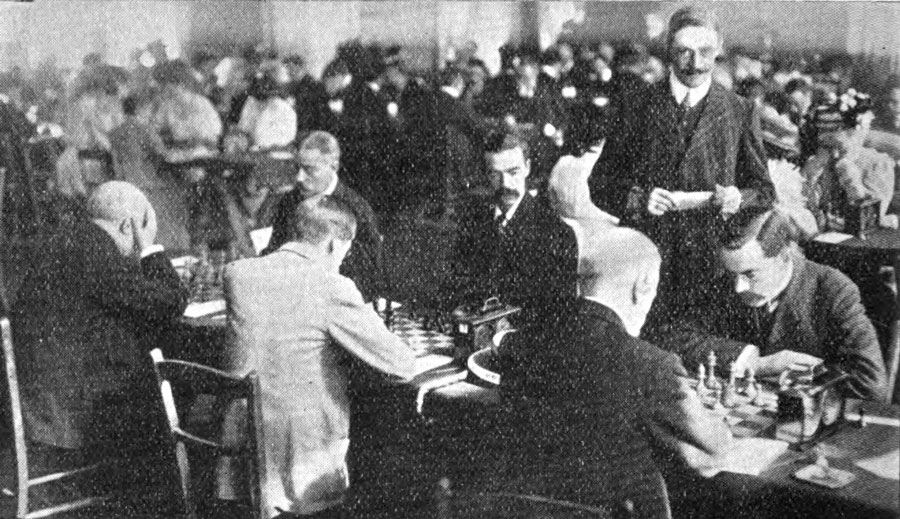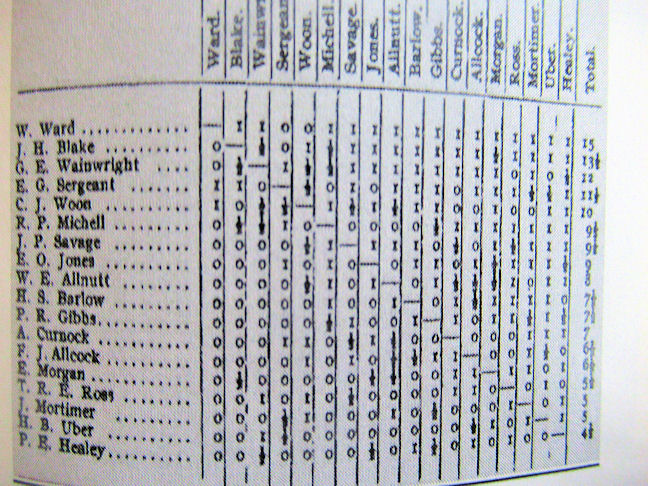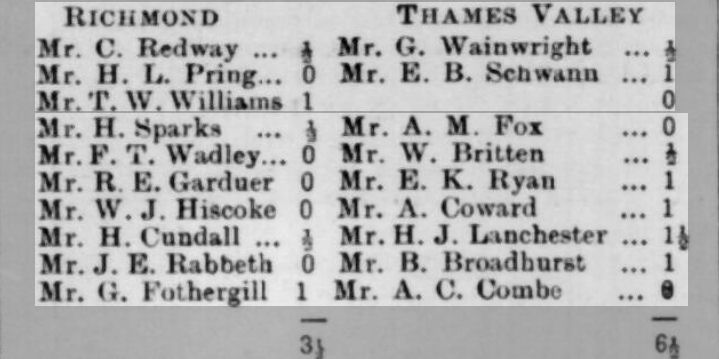
You might have seen this in the previous Minor Piece. Consider for a moment the Thames Valley team. There on board 6 or thereabouts is Arthur Coward, father of Noël. A board (or possibly two) below him is Mr HJ Lanchester, another man with an interesting family. (I note, en passant, that Augustus Campbell Combe on board 10, a Stock Exchange Clerk, was Wallce Britten‘s brother-in-law.)
Henry Jones Lanchester was an architect and surveyor, born in Islington on 5 January 1834, so he was 65 at the time of this match.
He lived at various addresses in London before moving to Brighton in about 1870, where he worked on the Stanford Estate and Palmeira Mansions. But he was badly affected by the property slump of the late 1880s and moved back to London with his family, settling in Battersea, not far from Clapham Common.
The good news for Henry was that he now had more time to play chess and immediately joined Balham Chess Club, where he won 2nd prize in their 1888-89 tournament and played on a high board for them in matches against neighbouring clubs as well as being selected to represent Surrey in county matches.
By 1895 he’d moved to a house called Salvadore on Kingston Hill, and the 1901 census found him at Ripley House, Acacia Road, New Malden, on the same estate as Richmond top board IM Gavin Wall, not to mention David Heaton. Living close to the station, it would have been easy for him to catch the train to Teddington to play for Thames Valley Chess Club, unless he preferred a ride in one of those new-fangled motor cars.
But Thames Valley wasn’t his only chess club: he was also playing for Surbiton. Here he is, in 1901, taking second board in two matches and gallantly agreeing a draw against Mrs Donald Anderson of the Ladies Chess Club in a favourable position. Mrs Anderson (née Gertrude Alison Field) won the British Ladies Championship in 1909 and 1912, so this was a good result.
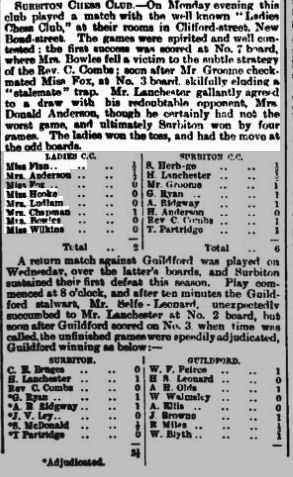
In 1903 he had a wasted journey to Richmond as, all too typically for the home club at the time, two of their players failed to turn up. Didn’t they have any social players there to fill in? Fortunately, our excellent match captains are far better organised today.
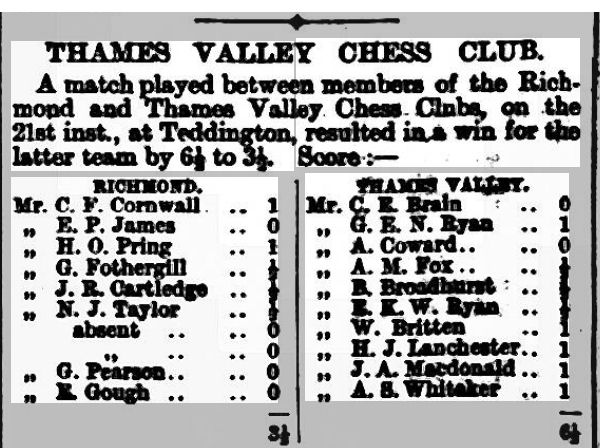
By the middle of the decade he had returned to Sussex, settling in Lindfield, near Haywards Heath, whose chess club he promptly joined
Here’s a 1906 match card.
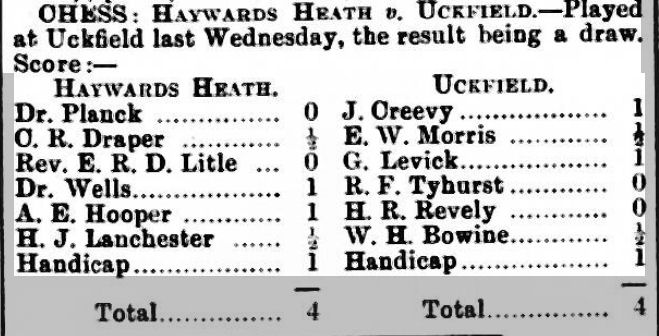
I’m not sure why both teams scored a Handicap point on board 7, but there you go.
Haywards Heath’s top board, Dr Charles Planck (no relation, as far as I know, to Max), was a doctor and psychiatrist running the local lunatic asylum, a type of institution with which Lanchester, as you’ll find out later, had had previous experience. He was also one of England’s leading problemists, having co-authored, back in 1887, a book called The Chess Problem with fellow problemists Henry John Clinton Andrews, Edward Nathan Frankenstein and Benjamin Glover Laws. Another spoiler alert: read on for a very different Frankenstein.
Henry Jones Lanchester also played correspondence chess, playing for Sussex in matches against other counties. He died at his home in 1914, on his 80th birthday.
Here’s a game from one of those correspondence matches. His opponent was born Emily Beetles Nicholls in Guildford in 1872. Her father, Edward, was high up in the Inland Revenue and seemed to move around the country a lot. Click on any move for a pop-up board.
Probably not a game which showed him at his best. The Vienna Game is devastating against an unprepared opponent and his natural third move just leads to a lost position, 6. d5 would have been much better than Mrs Bush’s e5, which allowed Henry back into the game. (Thanks to Brian Denman for sending me this, which was published in the Lowestoft Journal (23 Jan 1909).)
Here, then, was a man who must have played chess all his life, but, it seems, only took up competitive chess on his retirement (or perhaps semi-retirement) from his career as an architect and surveyor.
For further information on Henry Jones Lanchester:
Wikipedia
Grace’s Guide (also links to his sons)
He must also have taught his children chess. Some of them had very interesting lives.
Henry had married Octavia Ward, a mathematics and Latin tutor, in 1863. Their children were Henry Vaughan (1863), Mary (1864), Eleanor Caroline (1866), Frederick William, known as Fred (1868), Francis, known as Frank (1870: his twin brother Charles didn’t survive), Edith, known as Biddy (1871), Edward Norman (1873) and George Herbert (1874). Henry junior became, like his father, an distinguished architect. Mary and Eleanor both became artists. Edward emigrated to New Zealand, later moving to Australia and earning a living as a signwriter.
The other three brothers, Fred, Frank and George, were a lot more interesting.
Fred Lanchester was one of the most remarkable engineers and inventors of his time. In 1888 he took a job with a gas engine company in Birmingham, and, in his spare time, started working on designing motor cars. In 1895 he completed a four-wheeled vehicle powered by a petrol engine. In between his work and his vehicle, he also found time to play chess. Here he is, playing on top board for his local club, Olton (near Solihull), with his brother Frank, clearly an inferior player, on bottom board.,
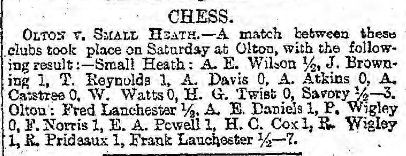
In 1898, he won a game in a simul against the leading West Midlands player of his day, George Edward Horton Bellingham. You’ll notice an incorrectly initialled mention of our old friend Oliver Harcourt Labone.
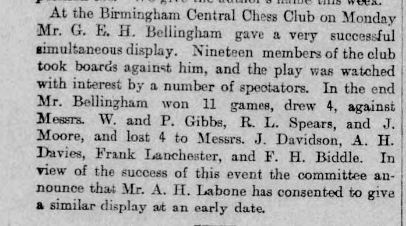
According to his brother George he also beat none other than Emanuel Lasker in a simul.
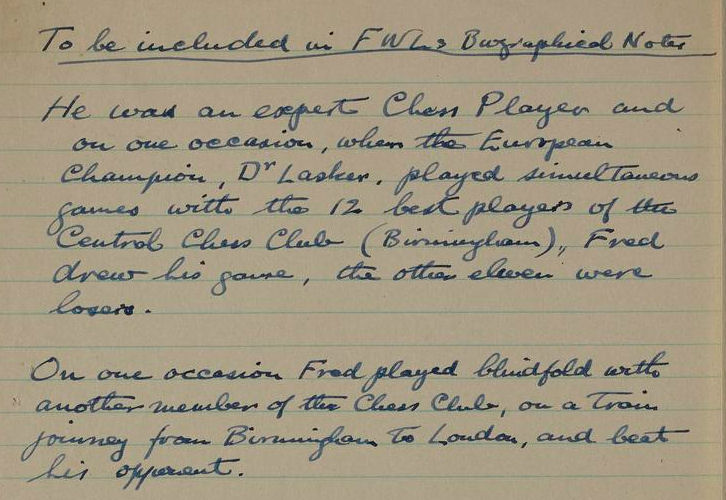
However, George’s account doesn’t tally with any of the Lasker simuls given by Richard Forster in his definitive list here.
| 1 Mar 1897 | Birmingham | 31 | 26 | 3 | 2 | |
| 2 Mar 1897 | Birmingham (consultation) | 6 | 6 | 0 | 0 | |
| 1 Dec 1898 | Birmingham, Central C.C. | 25 | 13 | 9 | 1 | Various games were adjudicated, two left undecided. |
| 23 Nov 1900 | Birmingham, Temperance Institute | c10 | c10 | 0 | 0 | Vlastimil Fiala in the Quarter for Chess History, no. 6/2000, pp. 382f. claimed a score of 25 wins, but it was not possible to verify this score indepedently. The Cheltenham Examiner, 28 November 1900, indicated “less than a dozen” and the Birmingham Weekly Post, 1 December 1900, spoke of “a meagre attendance”. |
| 17 Mar 1908 | Birmingham C.C. | 28 | 23 | 3 | 2 |
In December 1899 Fred, Frank and George created the Lanchester Engine Company to build and sell motor cars to the general public. George was also a brilliant engineer, while Frank was the sales manager. For several decades Lanchester was one of the most famous makes of motor car in the country.
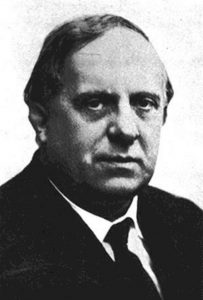
The name Lanchester was commemorated in 1970 with the creation of Lanchester Polytechnic, now Coventry University.
Perhaps the family’s achievements, especially those of Fred, are unfairly forgotten today. They certainly deserve to be remembered as pioneers of the early motor car industry. It’s good to know that Fred was also a pretty good chess player.
For more information on the Lanchester brothers:
Wikipedia (Fred)
Wikipedia (George)
Wikipedia (Lanchester Motor Company)
Lanchester Interactive Archive
Their sister Edith (Biddy) was another matter entirely.
Biddy became a socialist and suffragette, living ‘in sin’ (as they used to say) with a working-class Irishman named James ‘Shamus’ Sullivan: the couple both disapproved of the institution of marriage.
Horrified by this, in 1895 her father and brothers kidnapped her and sent her to the lunatic asylum (it’s now, famously, The Priory) on the grounds that only an insane person could possibly become a socialist. The asylum could find nothing wrong with her and released her a couple of days later. In 1897 she became Eleanor Marx’s secretary. The job didn’t last long as Eleanor committed suicide the following year. Perhaps Biddy and Eleanor also played chess: I’d imagine Biddy learnt the moves from her father and brothers, and Eleanor usually beat her father (Karl, of course) at chess.
Biddy and Shamus’s first child, a son called Waldo, was born in 1897. He became a famous puppeteer, founding the Lanchester marionettes, a puppet theatre which ran from 1935 to 1962.
Their second child, a daughter whom they named Elsa, was born in 1902. Elsa took up dancing as a child, then worked in theatre and cabaret, also obtaining small roles in films.
In 1927 she married the actor Charles Laughton and, after playing Anne of Cleves to his Henry in The Private Life of Henry VIII, the couple moved to Hollywood where Elsa found fame in 1935 for her starring role in The Bride of Frankenstein. (Be careful not to confuse her with Miriam Samuel, the bride of the aforementioned Edward Nathan Frankenstein.) Elsa continued to perform on the silver screen, mostly in cameo roles, up to 1980, including playing Katie Nanna in Mary Poppins.
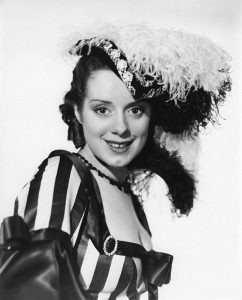
Of course, there’s something you all want to know. Did Elsa, like her grandfather and uncles, play chess. Why yes, she certainly did. VIctoria Worsley’s recent (2021) biography, Always the Bride, tells of her playing chess with a friend on a car journey in 1936. Chess wasn’t her only game, either. Here she is playing draughts against Charles Laughton.
As Elsa’s grandfather played chess on the adjacent board to Noël Coward’s father, you might also want to know whether they ever appeared in the same film. Sadly not, although Coward provided some dialogue for the 1957 Agatha Christie adaptation Witness for the Prosecution, starring Tyrone Power and Marlene Dietrich along with Laughton and Lanchester. (Elsa won a Golden Globe award for the Best Supporting Actress in a Motion Picture.)
More about Biddy and Elsa:
Wikipedia (Biddy)
Wikipedia (Elsa)
IMDb (Elsa)
This was the life and chess career of Henry Jones Lanchester, a man who shared a mutual friend with Frankenstein, and whose granddaugher was the Bride of Frankenstein. Henry was also the head of a remarkable chess-playing family, pioneers in both motoring and movies.
Sources and Acknowledgements:
ancestry.co.uk
findmypast.co.uk
Wikipedia
Grace’s Guide
IMDb
Lanchester Interactive Archive
Other sources mentioned in the text
Richard Forster: Lasker’s Simultaneous Exhibitions. www.emanuellasker.online (2022).

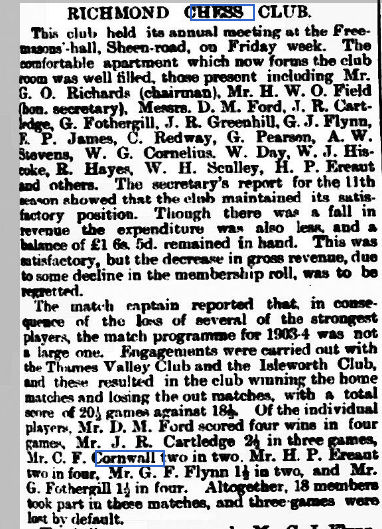

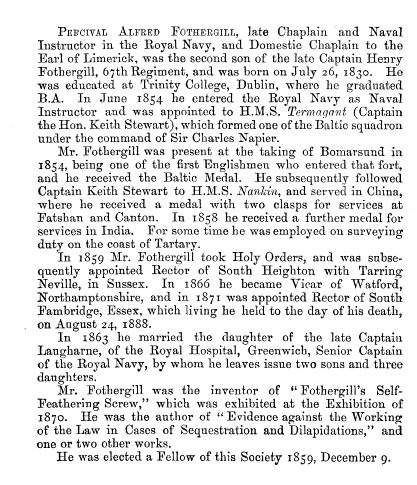
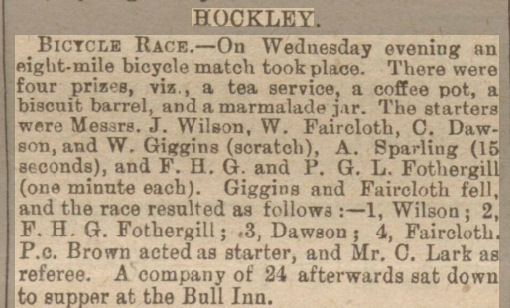
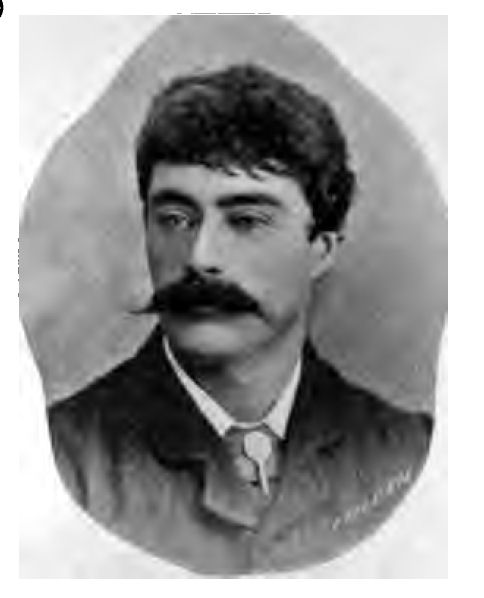
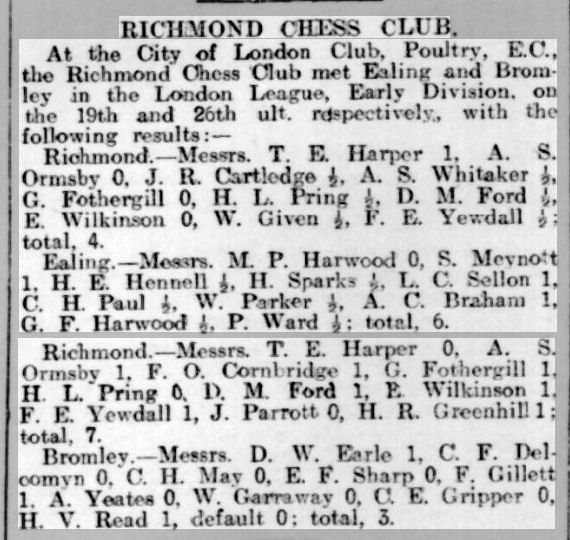
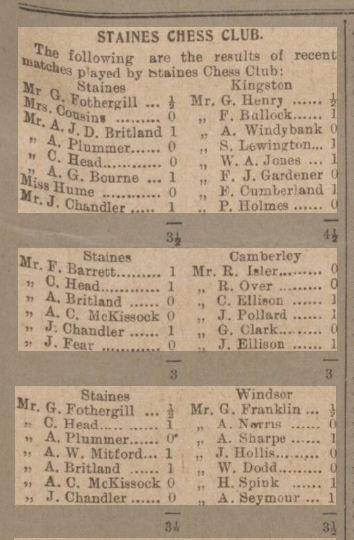
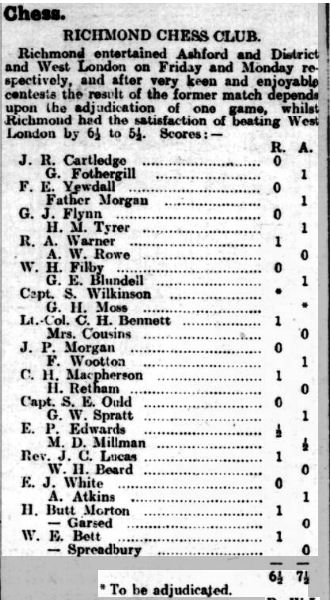
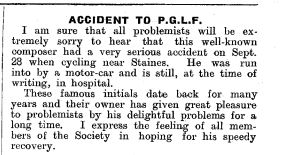
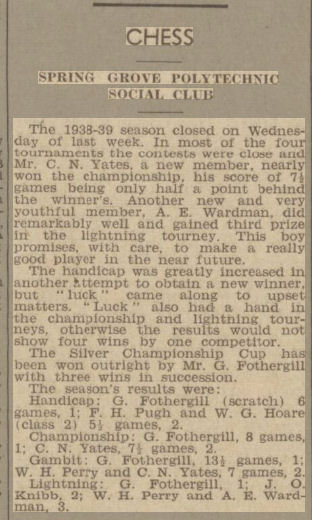


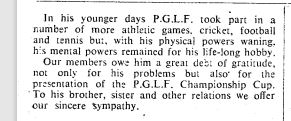 Unfortunately the accompanying photograph didn’t reproduce well.
Unfortunately the accompanying photograph didn’t reproduce well.